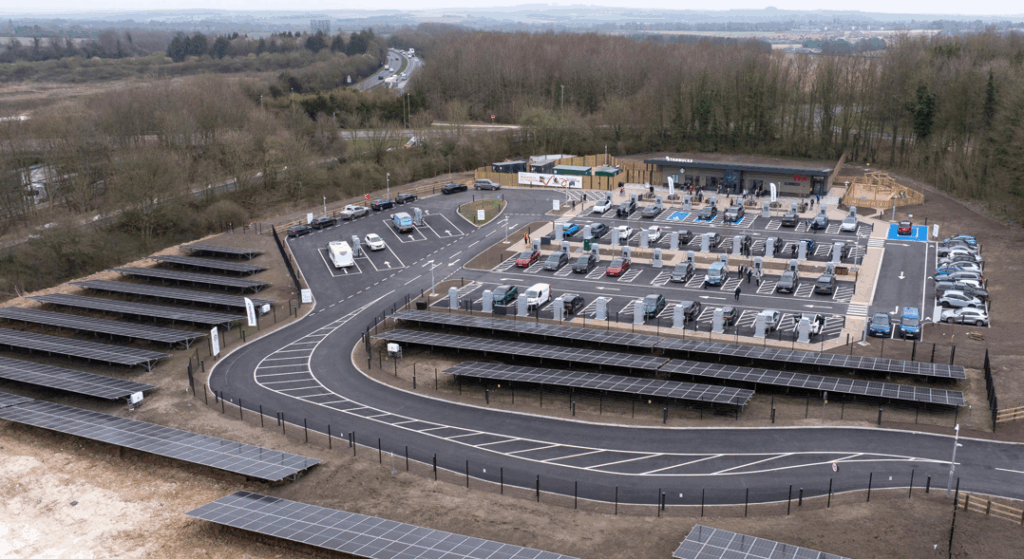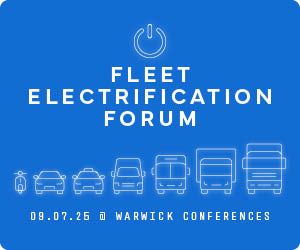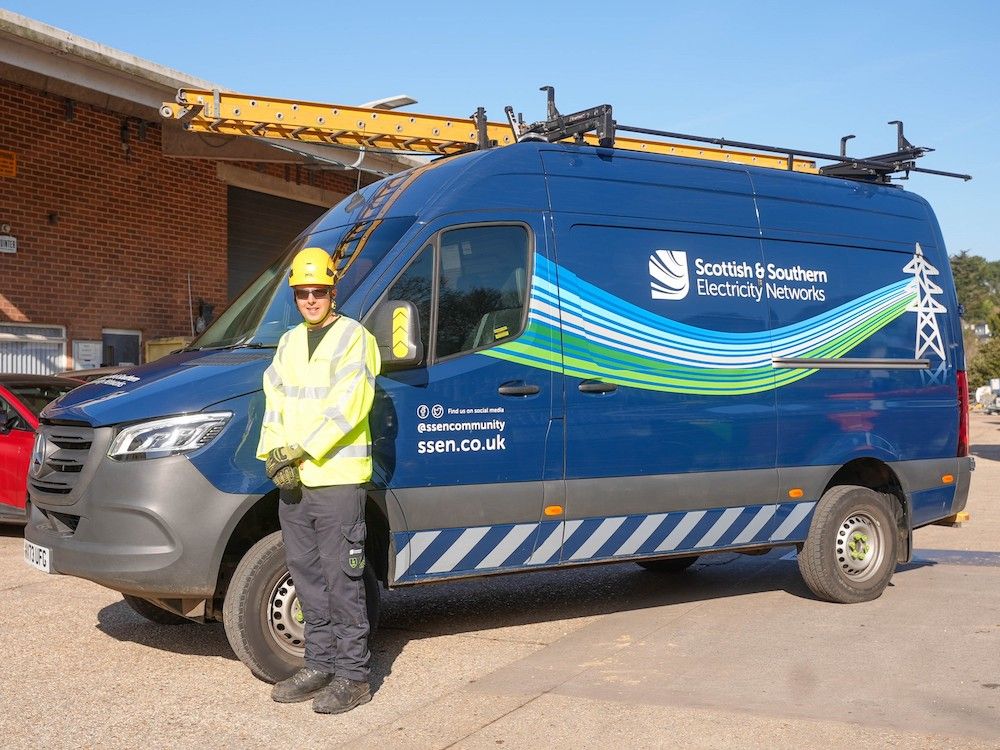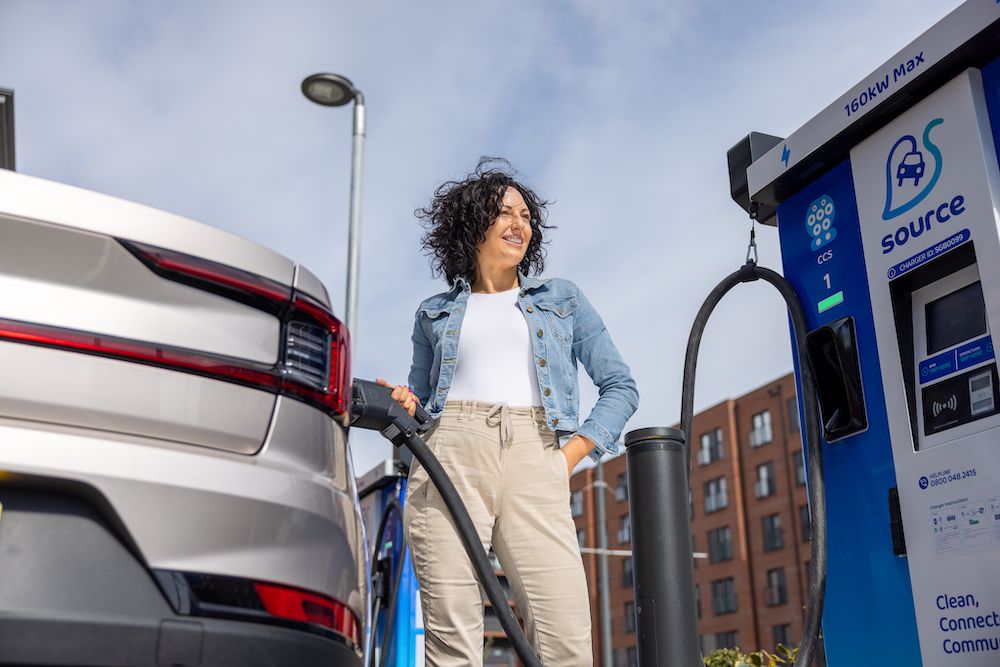Mats Bredborg, Head of Customer Cluster Utility at Volvo Construction Equipment (Volvo CE), discusses the rise of zero emission construction equipment and the importance of using electric machines to build EV charging infrastructure.
By 2030, 300,000 public charging points will be available across the UK to meet the target to end sales of diesel and petrol vehicles by 2040. This means a significant amount of construction work is set to take place in our towns and cities to build the charging infrastructure needed to accommodate all those electric vehicles. What if we could develop the infrastructure we need for a net zero transport and construction future with zero emission electric machines powered by clean energy? Wouldn’t that be a win-win for the planet and our quest to reduce CO2 emissions?
Regrettably, despite the availability of electric construction machines and the plethora of opportunities they provide, there are currently no plans in place or recommendations to switch out diesel machines for zero emission alternatives when it comes to building charging infrastructure.
Earlier this year, the UK Government revealed its £1.6 billion Electric Vehicle Infrastructure Strategy, which includes £450 million of funding for local authorities to deliver the rollout of electric vehicle charge points in their areas, with a further £950 million already committed to support the rollout of 6,000 high powered chargers across the motorway network. A number of companies have also announced plans to invest in charging points across the UK. The investment is there.
All of this is great news for electric vehicle drivers and fleet operators, as well as construction firms who will be needed to build the tens of thousands of charge points. But the news could be so much better.
Unfortunately, there is no national direction on how rollout should be implemented. Local authorities have been tasked with developing their own individual schemes, with an online knowledge hub providing guidance. If we use traditional diesel-powered construction equipment, we’re really missing a trick.

Opportunity knocks
This is a fantastic opportunity for the Government to set out its stall and lead by example. Why not recommend to local authorities that they explore more sustainable ways to construct charging infrastructure, such as using electric construction machines? Why not set incentives for those that do? Only by working together can we make change happen.
Electric construction machines offer the perfect solution and there are compact electric wheel loaders and excavators commercially available that would be ideal for the job. Not least are the five electric compact excavators and wheel loaders ready to buy now from Volvo CE – all offering the same performance as their diesel counterparts, but with zero emissions, near silence and low vibrations making them the ideal partner for this type of inner city work.
No fumes and near silence… Imagine that in busy, heavily populated residential and urban areas where electric charging stations will be built. Imagine the difference they make in the wellbeing of people living and working close by – as well as the operators driving them.
A paradigm shift in thinking
Choosing electric machines need not be a difficult decision. With proper planning and coordination in our towns and cities we could secure the temporary access to electricity that is needed to power electric construction machines. The age-old excuse that the charging infrastructure they require is not available simply doesn’t stack up.
Likewise, the assertion that using electric machines is prohibitively expensive is simply not true. Admittedly, they do cost a little more – around 1% more in the context of a typical charging station installation – so a marginal increase to do it the right way, reduce the impact on climate from the outset and save around 5.8 kg of CO2 for every hour a construction machine is used. That would certainly add up to a significant CO2 reduction if electric machines were used for all installations.
There are now 420,000 purely electric cars on UK roads and they made up 14.5% of new car sales in April 2022. The appetite for electric vehicles is growing, so availability of reliable charging infrastructure needs to keep pace to satisfy demand. There are currently around 30,290 public electric vehicle charging devices available across the UK and of these, 5,494 were rapid chargers.That’s up 7% from January 2022 and 33% on the same period last year. But if we are to meet the goal of 300,000 in just eight years, rollout needs to be ramped up.
Climate change is real and this is the decade for action. Change starts here. The transition to electric vehicles powered by sustainable energy will be fundamental. But let’s not miss out on the chance to do this the right way, from the outset, and use electric machines to construct our charging infrastructure. Together we can build the world we want to live in.
Images courtesy of Volvo CE.














